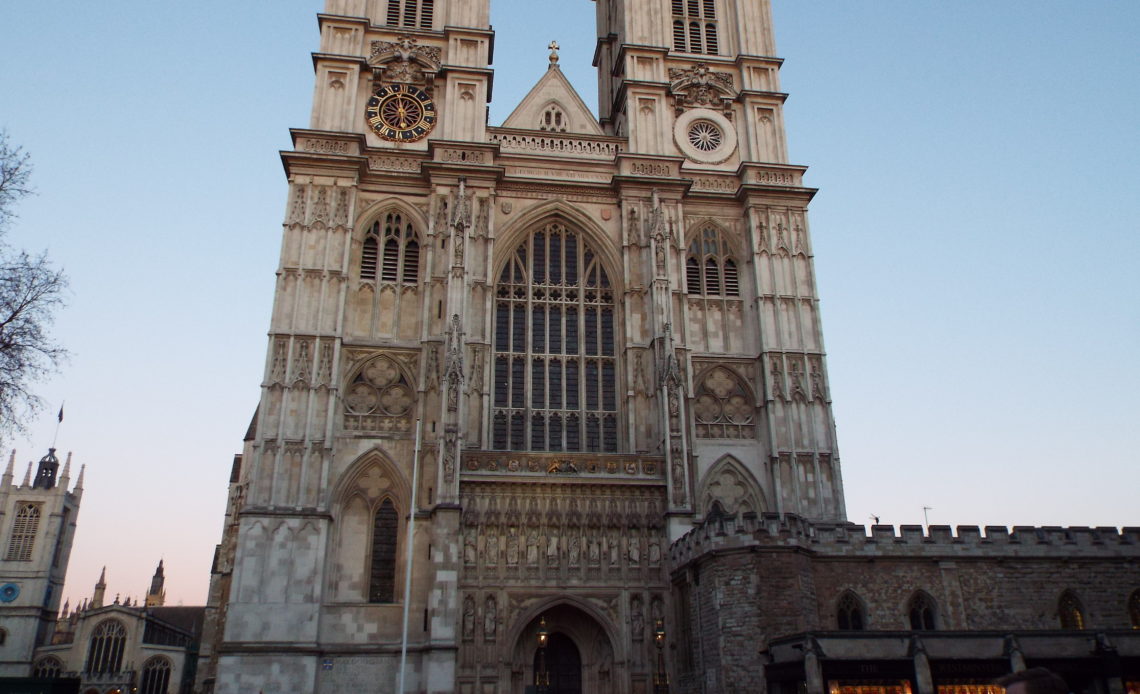
One thing has been certain about the Coronation of King Charles III from the very start. Even before the date was known, the location of the crowning of the new Monarch was set in stone. For Charles III, like every King and Queen for almost a millennium, will be crowned at Westminster Abbey.
Its role in this ancient ceremony was never even questioned. St. Edward’s Crown will be brought once more to this ancient church and, for the fortieth time, the Coronation of a Monarch will unfold inside its walls. But how did Westminster Abbey become the setting for the Coronation?
It all goes back to William the Conqueror. He chose to be crowned at Westminster on Christmas Day 1066. It’s the first documented Coronation at the Abbey although there is no written evidence to explain why the ceremony was held there. However, William’s desire to prove his links to the man who had had the Abbey built, Edward the Confessor, most probably played a large part.
Edward had ruled England from 1042 until January 5th 1066. On his death, the throne was taken by Harold Godwineson, the most powerful man in the kingdom. There were claims that Edward had named him successor on his deathbed but Harold was also elected ruled by the Witan in the hours after the Confessor’s passing. He was crowned, in all likelihood at Westminster Abbey although there are no records for this, soon afterwards.
However, William claimed Edward had made him heir years earlier. Furthermore, William said Harold had sworn an oath to support his claim to the Confessor’s throne when he had been shipwrecked in northern France in 1064. The war of words became a real life fight when William landed in England in October 1066 and ended up victorious at Battle of Hastings where Harold was killed. The new king’s coronation was hastily arranged.
Choosing Westminster Abbey underlined William’s claim that he was the true heir of Edward the Confessor. Edward had been buried at the Abbey and now, less than a year later, William was crowned King of England in the shadow of his tomb.
William’s own successors followed this new tradition until it became established that English coronations took place at Westminster Abbey. However, 150 years later, the disastrous reign of King John saw the crown’s power much diminished. John’s death, in 1216, turned his nine year old son into Henry III. The boy king was in Dorset at the time and was quickly whisked to Gloucester Cathedral for an impromptu Coronation, arranged by those who controlled him to try and shore up their power. However, four years later, in calmer times, Henry was crowned once again, in a magnificent ceremony at Westminster Abbey.
Since then, no other Coronation has been held away from the Abbey. In fact, every monarch since has been crowned in a church rebuilt by Henry III to showcase a coronation. Henry, a deeply religious man with a devotion to Edward the Confessor, decided to remodel Westminster Abbey. At the heart of his new design was a special space, beneath the lantern and between the quire and the high altar, which would become a ‘’theatre’’ for the coronation of future monarchs. He commissioned the Cosmati pavement to decorate the floor of it. Every king and queen since has been crowned on that spot.
Now, Westminster Abbey is the undisputed location of all coronations. King Charles III and Queen Camilla will be crowned there in May 2023, adding another chapter of history to a royal story whose origins remain unknown but whose influence is undeniable.

